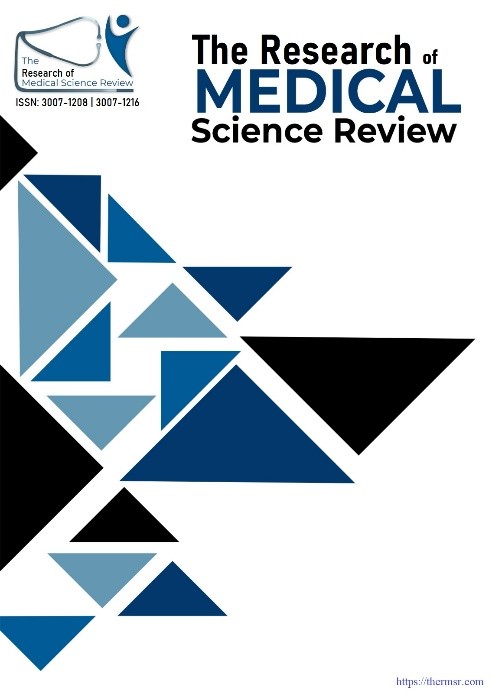NEONATAL SEPSIS AND CARDIAC DYSFUNCTION: A MICROBIOLOGICAL AND ECHOCARDIOGRAPHIC CORRELATION
Main Article Content
Abstract
Neonatal sepsis presents a significant risk of morbidity and mortality, particularly in low and middle-income countries, stemming from delayed diagnosis and complications such as cardiac dysfunction. The objective of the current study was to investigate the association of microbial etiology of neonatal sepsis with cardiac function using new echocardiographic parameters. The literature review identified a high global burden of neonatal sepsis, Gram-negative isolates predominance, grown microbial resistance, and less use of advanced cardiac monitoring in ICU for neonates. This prospective case–control inception study was performed in the neonatal intensive care unit (NICU) of the Civil Hospital Karachi and involved 92 neonates; 60 with the diagnosis of culture-confirmed sepsis and 32 non-infectious controls. Microbiologic profile and echocardiography were obtained at 24 to 48 hours after diagnosis and after 72 to 96 hours. Patients had echocardiographic measurements of the ejection fraction (EF), the fractional shortening (FS), the myocardial performance index (MPI), tissue Doppler (TDI), global longitudinal strain (GLS), and the inferior vena cava (Mbarki et al.) distensibility. Outcome was Gram negative sepsis (Klebsiella spp. particularly). in 70% of the patients and it was significantly associated with higher CO, impaired GLS (–13.9% vs. –17.8% in controls, p<0.001), higher MPI (0.52 vs. 0.38, p=0.01), and reduced septal systolic velocity. Traditional systolic indices such as EF and FS were also in normal limits, emphasizing the need for sensitive echocardiographic parameters. On multivariate regression, independent association of Gram-negative and MDR organism with echocardiographic dysfunction was confirmed. GLS became an important predictor of mortality, whereas EF and FS did not. These data emphasize the importance of co-relation of microbial data with advanced echocardiographic evaluation for early detection of cardiac involvement in neonatal sepsis.
Downloads
Article Details
Section

This work is licensed under a Creative Commons Attribution-NonCommercial-NoDerivatives 4.0 International License.
